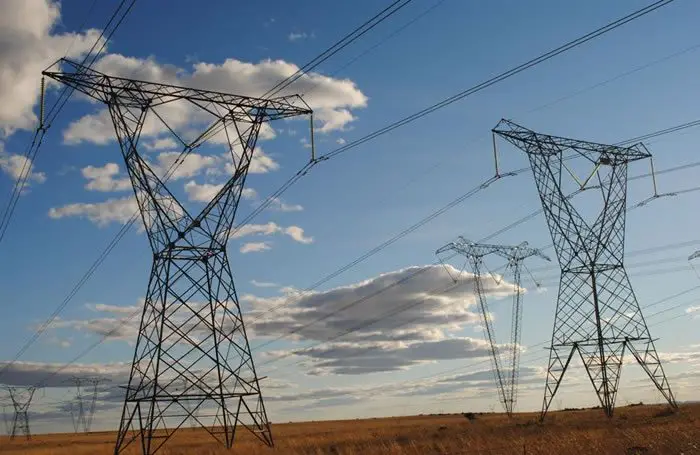The government of Sierra Leone has signed a Power Purchase Agreement (PPA) with the Copperbelt Energy Cooperation (CEC) Africa to put up a 128MW power plant to upgrade electricity supply in Freetown.
The first phase of the project expected to last eighteen months was officially signed by the Minister of Finance and Economic Development, Dr. Kaifala Marah on 14th May 2014. The agreement governs the terms of investment in a power generation plant and the provision of the generated power to Sierra Leone.
According to the Technical Director of CEC-Africa, Emmanuel Katepa, the project consists of the building and operation of a 128 MW power plant over a concession period of 20 years. He maintained that the project will be implemented in three phases; the first phase will provide 50MW by 2015, the second phase to provide 39MW in 18 months and the final phase to provide 39MW in 18 months. The phases of the project will be implemented in line with highest international standards. The consortium has already started the Environmental and Social Impact Assessment (ESIA) studies
In 2007, the country relied on 4MW power supply from the Kingtom Power Plant which was gradually built up from 17MW to 21 MW. At present Freetown is supplied with a total of 25MW of power collectively supplied by Bumbuna Hydro Electricity Project, Kingtom Power Station and Black Hall Road Power Station.
According to the CEC-Africa Technical Service manager, Alhaji Timbo, the project will boost the electricity power supply output of National Power Authority in the next 18 months.
The Ministry of Energy is calling out for other Independent Power Producers to invest in the country’s energy sector by providing and selling power to the national grid through the NPA.
Electricity reaches less than 10 percent of the population in Sierra Leone. This sparse electricity coverage and unreliable service exacerbates poverty conditions among Sierra Leonean citizens. So far the Sierra Leone Government has launched an electricity reform effort that will establish two state owned enterprises, one to oversee electricity generation and transmission, and the other to manage electricity distribution and supply.

Leave a Reply